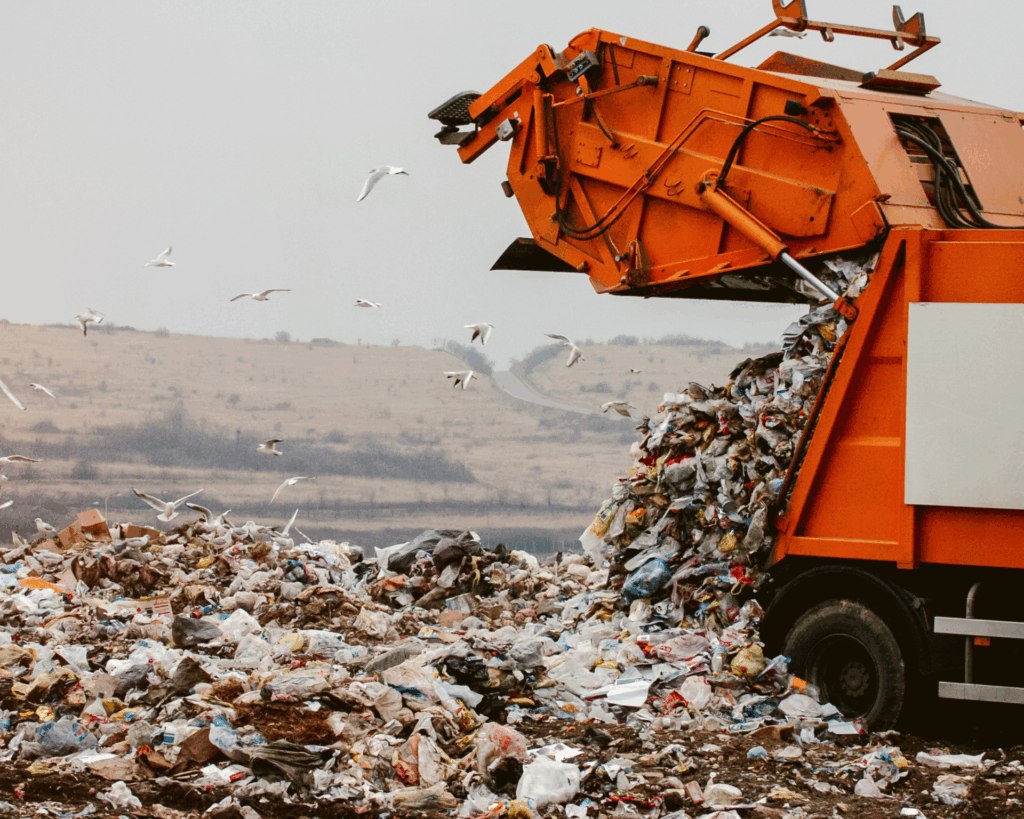In the Water
Children from low-income communities are vulnerable to the effects of not receiving adequate fluoride and are at higher risk of developing cavities.

Read Time: 4 minutes
Published:
In 1909, Frederick McKay, a Colorado dentist, observed that children who drank water with naturally-occurring fluoride had little tooth decay. In 1945, Grand Rapids, Michigan became the first city in the world to fluoridate their water. By 1960, community water fluoridation was a common practice across the country.
Water fluoridation is one of the great public health successes of the twentieth century. With minimal cost, community water fluoridation reduces cavities by about 25%. Tooth decay is the most common chronic condition in children in the US, and it may cause pain, poor nutrition, and dysfunctional speech, poor concentration, low self-esteem and absenteeism.
When a community fluoridates its water, it decreases all residents’ risk of tooth decay. Low-income people stand to benefit from water fluoridation most as they often do not have access to regular dental care. But in Los Angeles, like many places across the country, most low-income residents don’t drink fluoridated tap water.
A century after McKay’s discovery, around three-quarters of people in the US have access to optimally fluoridated water. The Environmental Protection Agency and Centers for Disease Control and Prevention set optimal water fluoridation standards (0.7 milligrams of fluoride per liter), but it is up to local municipalities to decide how much they fluoridate their water, if at all. Too little fluoride, and residents don’t receive cavity-preventing benefits. Too much, and residents’ teeth will be stained in a condition called dental fluorosis.
Los Angeles lags behind the national average; about half of LA residents have access to water that contains the optimal level of fluoride. Nearly a fifth of residents had no fluoride in their water at all, and many of these residents live in low-income areas.
If Los Angeles County wants their residents to reap the benefits of expanded water fluoridation efforts, they must first substantially improve the water system and rebuild trust with low-income residents.
A booming LA water bottle market further discourages residents from drinking fluoridated water. Most bottled water brands distill their water, removing fluoride. Despite the health, environmental, and cost advantages of healthy tap water, bottled water use has increased over the past 20 years. Low-income LA residents tend to drink bottled water over tap water, and as little as 6% of low-income LA households report that tap water is their main source of drinking water.
The LA County Sustainability Office is looking to update its water system, but previous research has revealed many residents don’t drink from the tap. The LA County Department of Public Health surveyed 1,230 LA residents from four public health centers to understand why many low-income residents do not drink tap water. The survey participants were predominantly Black and Latinx- 37% and 38% respectively.
Half of the survey participants believed their water tasted bad, and almost a quarter reported their water looked or smelled dirty. About 38% of participants believed tap water was not safe to drink from the tap.
Fears about water safety are not unfounded. Tap water quality can be compromised because of treatment system failure, broken or corroded pipes, or contamination with toxic chemicals. All of these issues that are more prevalent in lower income neighborhoods. A high-profile case of contaminated water in South LA in 2016, and the governmental failure to act in the Flint water crisis may have further discouraged residents from drinking tap water.
Children from low-income communities are vulnerable to the effects of not receiving adequate fluoride and are at higher risk of developing cavities. About 44% of low-income children in Los Angeles have cavities, and another 29% have significant tooth decay. Though water fluoridation is accepted to be a cost-effective and equitable method to prevent tooth decay, low-income residents of Los Angeles County are wary of their water supply with good reason. If Los Angeles County wants their residents to reap the benefits of expanded water fluoridation efforts, they must first substantially improve the water system and rebuild trust with low-income residents.
Photo via Getty Images



